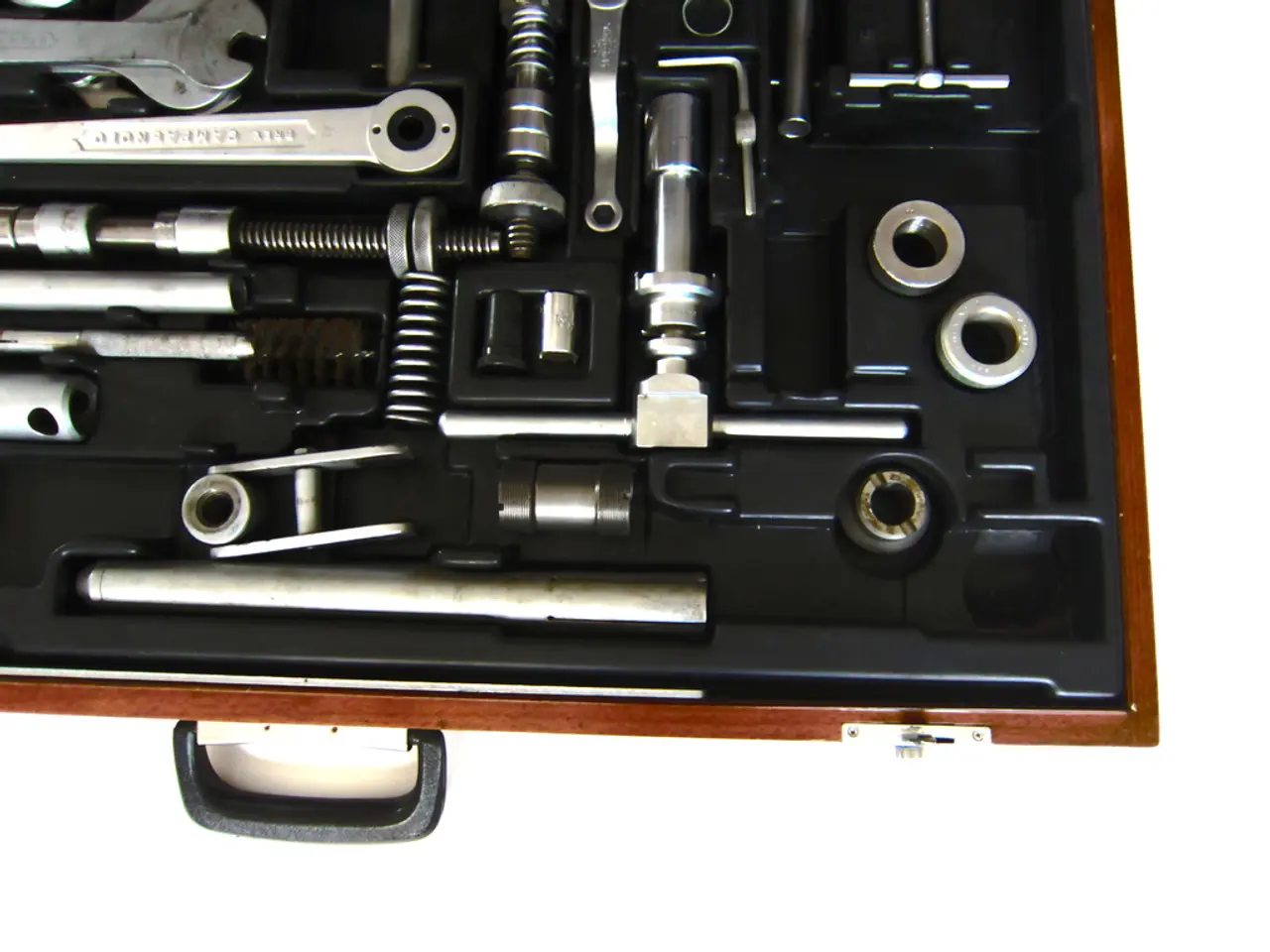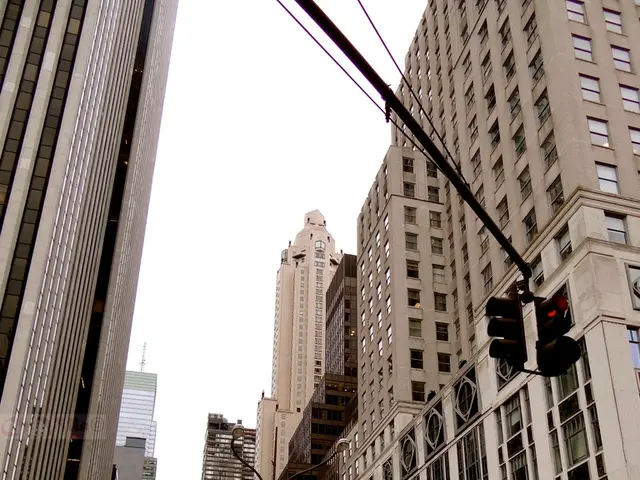Combining Safety Mechanisms and Cyber Defenses in Industrial Manufacturing Networks
In the rapidly evolving digital landscape, the convergence of Operational Technology (OT) and Information Technology (IT) is transforming industrial automation control systems. This integration offers a unified view of these systems, streamlining communication among personnel and the technologies they interact with [1]. However, it also presents unique challenges that must be addressed to ensure safety and security.
One such challenge is the need for adequate cybersecurity protection frameworks. Balancing the necessity for new product functionality with security needs is crucial in the design of control systems that merge OT and IT [2]. Navigating the complexities of legacy systems is another challenge, as is managing costs associated with design changes [3].
To address these challenges, best practices for integrating OT and IT safety and security involve a comprehensive and layered approach. This strategy focuses on risk management, architecture, access control, monitoring, compliance, and workforce readiness [1].
Key points include risk assessment and asset management, network segmentation and Zero Trust Architecture, secure access and system hardening, real-time threat detection and incident response, compliance with industry standards, workforce training and cyber hygiene, process safety and physical security integration, architectural and data integration for IT/OT convergence, open, modular, and interoperable systems [1][2][3].
Risk assessment and asset management involve identifying and mapping critical OT assets and their dependencies across the OT network layers. Continuous vulnerability assessments and risk management are essential to prioritise protective measures [1]. Network segmentation and Zero Trust Architecture establish strong segmentation between IT and OT environments, reducing attack surfaces while enabling secure, monitored communication [1].
Secure access and system hardening enforce secure remote access, system hardening through regular patching, endpoint protection, strong authentication, and supply chain security controls [1]. Real-time threat detection and incident response involve implementing ICS-specific threat intelligence, anomaly detection systems, and continuous monitoring to identify and respond rapidly to incidents [1].
Compliance with industry standards aligns both IT and OT security strategies with relevant international cybersecurity standards such as IEC 62443 and NIST SP 82-800 [1]. Workforce training and cyber hygiene involve regularly training staff on cybersecurity awareness specific to OT environments and conducting Red/Blue team exercises [1].
Process safety and physical security integration align cybersecurity with physical process safety systems to ensure comprehensive protection that maintains operational safety and avoids catastrophic failures [1]. Architectural and data integration for IT/OT convergence employ architectures like Unified Namespace and Data Products to enable seamless, real-time data sharing between OT devices and IT systems [2].
Open, modular, and interoperable systems transition to open standards and modular control systems that support regular patching and integration of new technologies [3]. This integrated strategy acknowledges that OT environments require specially tailored security controls distinct from traditional IT, but successful integration is achieved by layering these controls, securing data flows, harmonising standards, and preparing personnel [1][2][3].
As more connected devices in the convergence of OT and IT lead to more vulnerable technology, the trend toward more interconnectedness necessitates more robust digital security measures [4]. These best practices provide a robust framework that addresses both the unique requirements of OT security — which prioritises availability and safety — and the broader IT cybersecurity principles focused on confidentiality and integrity, enabling secure and efficient IT/OT convergence for industrial control systems.
- The integration of Operational Technology (OT) and Information Technology (IT) in industrial automation control systems necessitates cybersecurity protection frameworks that balance new product functionality with security needs.
- Within the industrial sector, ensuring safety and security in the convergence of OT and IT involves a comprehensive approach focusing on risk management, architecture, access control, monitoring, compliance, and workforce readiness.
- Navigating the complexities of legacy systems and managing costs associated with design changes are challenges that must be addressed in the process of merging OT and IT control systems, and these challenges can be addressed through best practices such as risk assessment, continuous vulnerability assessments, network segmentation, secure access, real-time threat detection, and compliance with industry standards, among others.




